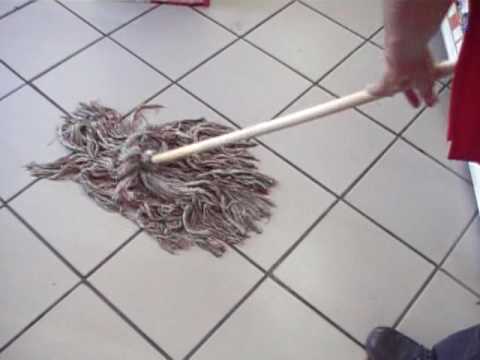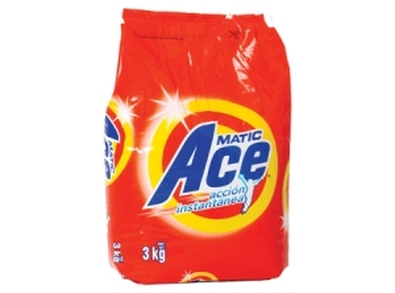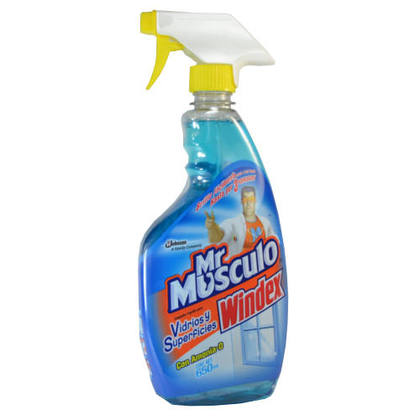 Mopping the floor with petróleo.
Mopping the floor with petróleo. I will start with a story. While spending my winters in Mexico over the last few years, I became a close friend of my father's maid, Beatriz. Beatriz cleans my father's house twice a week. She's an intelligent, caring and generally just lovely person.
While observing Beatriz cleaning the house, however, I was rather surprised to see her nonchalant use of extremely hazardous products to clean the house. My father was an enabler, as he would buy whichever products she requested without asking about them.
For starters, Beatriz would wash the floors with something called petróleo, a product I think is quite similar to gasoline or kerosene. It keeps the floors shiny and, so I was told, keeps bugs away. Petróleo leaves a very strong gasoline-like smell in the air. It was no surprise at all to hear that it keeps insects away. When I asked Beatriz about the risks (and told her to stop using it in the house), she seemed unaware of the dangers. "It's what we always use at home", she told me. This was the tip of a toxic-product iceberg.
 Ace, the highly aromatic laundry detergent in powder form.
Ace, the highly aromatic laundry detergent in powder form. By the end of my stay in Mexico, I had eliminated what I considered to be the most egregious polluters in my father's house: the petróleo, the furniture oil, and any chemical cleaner sprayed around food in the kitchen. But it's hardly enough.
I couldn't eliminate the worry that people like Beatriz were unwittingly poisoning their families with complex chemical products that were in fact totally unnecessary. Of course, this is not only a problem for consumers in the developing world. Most of the products I'm writing about here were developed in the rich world. But a key differences is that consumer consciousness of the dangers of toxic cleaning products is far more advanced in wealthy countries. Consumers in Europe and the United States have many safer alternatives available and even the traditional mass-market cleaning products are more closely regulated and no longer contain the most harmful chemicals. In the developing world, consumers are generally decades behind in their awareness of the danger of household chemicals. The idea of natural, safe or organic cleaning products is something only the upper classes consider. These products are an inaccessible luxury.
In a coming series of postings, I will further investigate the dangers of harmful chemicals and toxins in the home. I will present safe alternatives and will also discuss additional ways to improve the indoor environment. Unlike poor access to trees and parks, people have a high degree of control over the toxins in their homes. I'm hopeful. Even the poorest people, with proper guidance, can quickly remove unsafe products from their homes and improve the health of their families.
 Mr, Musculo for glass and surfaces.
Mr, Musculo for glass and surfaces. To wash the windows, she would spray a blue colored liquid (Mr. Musculo, a brand of SC Johnson) onto the glass from quite a distance, leaving a good portion of the product in the air. I could smell the vapor of this glass cleaner throughout the house. Although I couldn't find the ingredients online, the product description does say in Spanish, Caution: Carefully read the label before using the product. I find it unsettling to think we should have to take special care with any cleaning products we use in the home.
Beatriz had a special cleaning product for every part of the home. For the wooden furniture and cabinets she would bring out a bottle of a red-colored polishing oil, which again had a strong smell of chemicals. She would apply the oil to a paper towel and without gloves on, go around the house spreading this product on everything made of wood. It left things feeling greasy and the air with the smell of petroleum distillates.

 RSS Feed
RSS Feed

